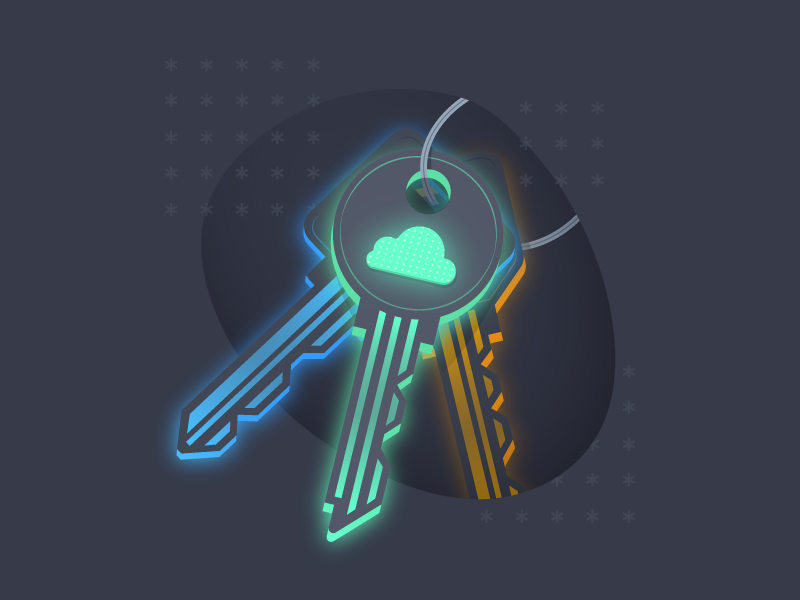Secure Your Kubernetes Environment by Enforcing Least Privilege
Blog Article Published: 04/24/2024
Originally published by Tenable.
Written by Tom Croll, Advisor at Lionfish Tech Advisors.
Kubernetes has emerged as the de facto standard for managing containerized workloads across private and public clouds. However, the evolution of security standards has significantly lagged, leading to heightened risks of cyberattacks and data breaches for organizations using insecure or improperly configured platforms.
Enforcing least privilege access in Kubernetes environments is paramount to ensuring the security of applications and data within the orchestration platform. Due to its complex configuration and operation, almost every Kubernetes deployment is unique. This is primarily due to differences in infrastructure management and integration capabilities, and to the ambiguity surrounding the shared responsibility model in cloud services. Organizations must ensure appropriate protections are in place to address these nuanced security requirements, especially when managing containerized applications both on-premises and in public cloud environments.
Least-privilege challenges in on-prem and cloud-based Kubernetes
These are some of the difficulties you may encounter when trying to enforce least-privilege access in on-premises Kubernetes deployments:
- Complex configuration management: Manual setup and configuration in on-premises environments make it difficult to consistently apply least-privilege principles across all nodes and clusters. Monitoring Kubernetes’ numerous complex configuration files requires substantial resources. This means that misconfigurations are regularly overlooked, leading to overly permissive roles and service accounts.
- Lack of integrated identity management: Integrating Kubernetes role-based access control (RBAC) with existing enterprise identity-management systems poses challenges in on-premises deployments due to lack of granularity and of cloud-native capabilities of traditional identity management tools. This results in insufficient visibility and inconsistent access policies.
- Network security: You need sophisticated network policies in order to effectively ensure that only authorized users can access specific Kubernetes resources. However, out of the box, on-premises deployments lack these advanced network security tools, which are available in most public cloud environments.
- Monitoring and auditing: Implementing comprehensive monitoring and auditing to track access and privileges can be more challenging on premises. The reason: You need customized implementations of monitoring and auditing tools, which are essential for detecting and mitigating excessive permissions.
Below are least-privilege obstacles in cloud-based Kubernetes services, such as Amazon Elastic Kubernetes Service (Amazon EKS), Azure Kubernetes Service (AKS) and Google Kubernetes Engine (GKE).
- Integration with cloud IAM: Cloud providers offer integration with their identity and access management (IAM) services. However, to align cloud IAM roles with Kubernetes RBAC for fine-grained access control, you need careful planning and configuration by skilled security teams to avoid privilege-escalation risks.
- Shared responsibility model: In cloud environments, the provider is responsible for securing the infrastructure. Meanwhile, users are responsible for securing their applications and configurations. This creates ambiguity around responsibility boundaries, which confuses end users and creates gaps in access control policies.
- Automated scalability and dynamic resources: Dynamic scaling of resources in cloud-based Kubernetes can complicate access control. Automatically applied policies rarely adhere to least privilege principles, especially when new instances or services are spun up on-demand.
- Multi-tenancy and isolation: Ensuring strict isolation between applications in a shared Kubernetes environment is critical, requiring complex and continuous scrutiny. Cloud provider tooling can assist namespace isolation but must be configured correctly to avoid privilege escalation.
How to tackle these obstacles
Here are some common strategies for addressing these challenges:
- Embrace Kubernetes RBAC: Both on-premises and cloud deployments should utilize Kubernetes RBAC to define and apply roles and permissions granularly. To enforce least privilege, you also must understand the requirements of cluster-wide and namespace-specific roles.
- Use namespace strategies for isolation: Use namespaces to segregate resources and granularly control access for both on-premises and cloud deployments. Ensure that roles are restricted to specific namespaces to isolate the blast radius of compromises.
- Integrate with existing IAM: For cloud deployments, integrate Kubernetes RBAC with cloud IAM roles. For on-premises deployments, integrate with LDAP or Active Directory. Make sure you understand each security model and the required privileges before deployment.
- Adopt policy-as-code: Utilize tools like Open Policy Agent (OPA) to define and enforce security policies as code, so that you can ensure consistent application across environments. Policy-as-code can be essential for gaining a normalized view of your Kubernetes clusters and enforcing standardized controls across multiple environments.
- Use third-party tools for continuous monitoring and auditing: These tools can help identify and mitigate issues with excessive permissions in real time, minimizing the impact and limiting the blast radius of compromised accounts.
In short, addressing least-privilege access challenges in Kubernetes requires strategic planning, leveraging of Kubernetes features like RBAC or namespace isolation, and integrating with existing security tools and practices. You can mitigate the complexity of managing access controls by adopting automation, policy-as-code, and continuous security practices, regardless of whether the deployment is on-premises or in a cloud environment.
To get answers to the most commonly asked questions about Kubernetes security, watch our on-demand webinar “Kubernetes Confessions: Tune In and Get the Help You Need to Finally Put An End to Those Risky K8s Security Sins.”
About the Author
Tom Croll is an Advisor at Lionfish Tech Advisors and a Tenable consultant. As a former Gartner analyst, he co-authored the original research on CNAPP, defining the requirements for effective application security in public cloud. With over 20 years of industry experience, he was also a pioneer of DevSecOps methodologies. He currently provides advisory services in cloud application and infrastructure security (IaaS, PaaS and SaaS), security service edge (SSE), secure access service edge (SASE) and security posture management (SSPM).
Related Articles:
Automation is Key: DHS Report Unveils Lessons from the Microsoft Exchange Incident
Published: 05/02/2024
Defining Cloud Key Management: 7 Essential Terms
Published: 05/01/2024
Livin' on the Edge: Linux's Impact on Computing
Published: 05/01/2024
DevSecOps Tools
Published: 04/26/2024





.png)



